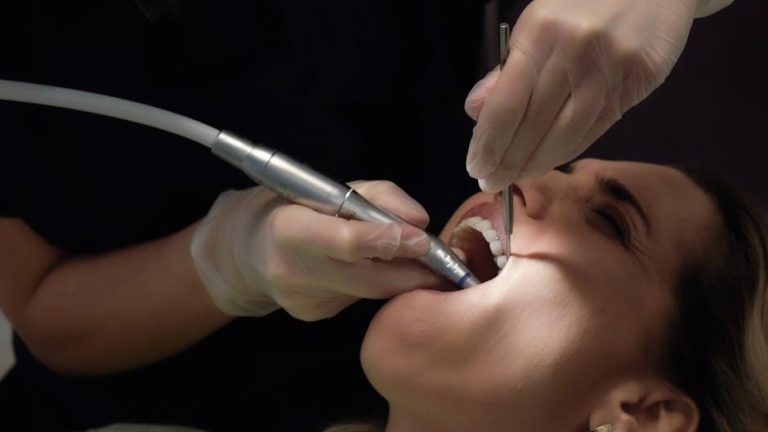
How to Make Dental Insurance More Accessible – Harvard T.H. Chan School of Public Health
Access to dental insurance remains a pressing public health challenge. Despite its role in preventing oral diseases and promoting overall health, many individuals, especially from underserved communities, lack proper dental coverage. The Harvard T.H. Chan School of Public Health has extensively studied ways to improve dental insurance accessibility. This article explores practical strategies informed by their research to create a more equitable dental insurance landscape in the U.S.
Understanding the Importance of Dental Insurance Accessibility
Dental insurance is key to encouraging preventive care, reducing the risk of costly dental emergencies, and supporting overall health. However, barriers such as high costs, limited plans, and systemic inequalities prevent millions from gaining access. Making dental insurance more accessible can:
- Reduce oral health disparities
- Lower emergency room visits for dental conditions
- Encourage early treatment and prevention
- Improve overall well-being and productivity
Barriers to Dental Insurance Accessibility
Based on Harvard T.H. Chan School of Public Health research, the following are major barriers affecting dental insurance accessibility today:
- Cost Prohibitive: High premiums and out-of-pocket costs deter enrollment.
- Limited Employer Coverage: Many employers do not offer dental insurance or provide limited plans.
- Lack of Public Programs: Medicaid and Medicare dental benefits are often minimal or absent.
- Complex Plan Options: Confusing plans discourage informed decision-making.
- Social Determinants: Low income, education, and geographic location affect access.
Strategies Proposed by the Harvard T.H. Chan School of Public Health
The Harvard T.H. Chan School advocates for multi-faceted approaches to improve dental insurance access at both policy and community levels:
1. Expand Public Dental Benefits
Enhancing Medicaid and Medicare dental coverage could reach millions more Americans who currently lack options. Comprehensive public benefit expansion reduces cost barriers substantially.
2. Promote Employer-Based Dental Plans
Encouraging employers to offer affordable, quality dental insurance plans through incentives and tax breaks boosts coverage rates, especially for middle-income workers.
3. Increase Education and Outreach
Providing clear, culturally tailored information about dental insurance plans empowers consumers. Outreach programs can help populations better navigate coverage options.
4. Leverage Telehealth and Technology
Digital tools and teledentistry can improve access to dental care and insurance enrollment in remote or underserved regions.
5. Foster Partnerships Between Stakeholders
Collaboration among policymakers, dental professionals, insurers, and community organizations strengthens systems to make dental insurance more inclusive.
Benefits of Accessible Dental Insurance
| Benefit | Description |
|---|---|
| Improved Oral Health | Regular care prevents cavities, gum disease, and tooth loss. |
| Lower Healthcare Costs | Preventive visits reduce expensive emergency treatments. |
| Greater Health Equity | Reduces disparities among vulnerable populations. |
| Increased Productivity | Fewer sick days and better focus at work or school. |
Case Study: Massachusetts Medicaid Dental Expansion
Massachusetts, home to Harvard T.H. Chan School of Public Health, set an example by expanding Medicaid dental benefits to adults. The program saw:
- A significant increase in dental coverage enrollment
- Reduction in dental emergency department visits by 20%
- Higher rates of preventive dental visits among low-income adults
This model showcases how policy reform backed by research can positively transform dental insurance access and oral health outcomes.
Practical Tips for Consumers Seeking Dental Insurance
- Review Public Programs: Check if you qualify for Medicaid or Medicare dental benefits in your state.
- Evaluate Employer Plans: Ask your employer about dental insurance options during open enrollment.
- Compare Plans: Use online tools to weigh premiums, coverage, and network dentists.
- Utilize Preventive Care: Schedule regular check-ups covered by insurance to avoid higher costs later.
- Explore Community Clinics: Some clinics offer dental services on a sliding scale regardless of insurance.
Conclusion
Making dental insurance more accessible is vital to improving oral health and overall quality of life for millions of Americans. Guided by evidence and insights from the Harvard T.H. Chan School of Public Health, efforts must focus on expanding public benefits, promoting employer coverage, increasing education, and encouraging collaboration across sectors. As consumers, understanding your options and advocating for better policies can create a future where dental insurance is available and affordable for all.
Start today by exploring your dental insurance options and supporting initiatives that bring equitable access to oral health care nationwide.


